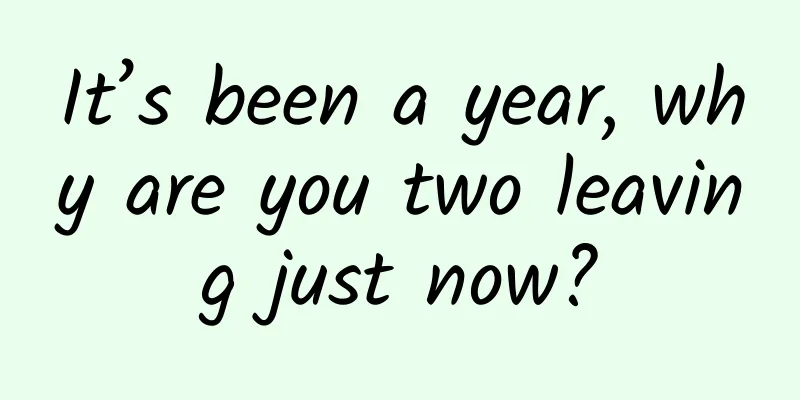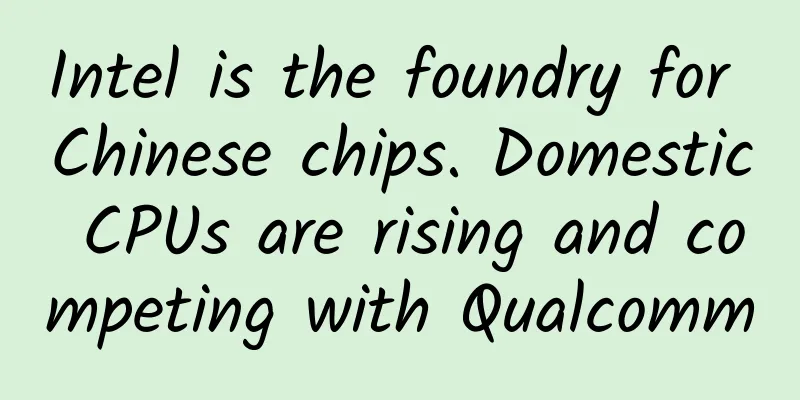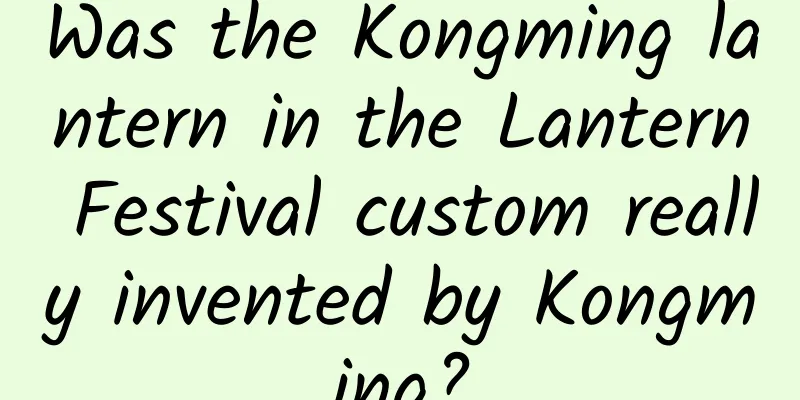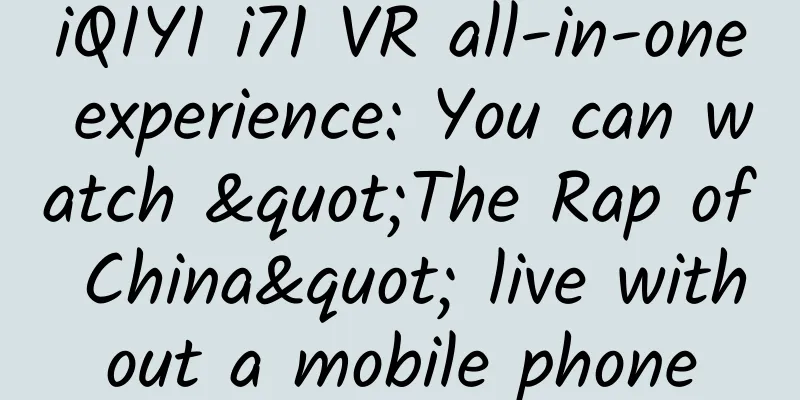The product is too expensive to sell. Have you used these 6 methods?

|
I have read an article by Li Jiaoshou before, "With consumption upgrading, will cheap goods have no chance? 》 It talks about: In the era of consumption upgrading, how can we get people who are not so short of money to buy cheap goods? Li Jiaoshou’s view is this: In addition to the often abused "low price and great value" and "disguised as high-end products", what you should do most is to flexibly adopt the following methods to shape consumers' "ideal self" and reduce the obstacles to buying cheap goods: (1) Create an expert image - "You buy cheap goods because you are an expert" For example, "I buy cheap goods not because I have no money, but because I have a lot of knowledge and can distinguish the real good from the bad." (2) Defeat motivation—“You buy cheap goods because money can’t help you achieve your goals” For example, "a large number of liquor companies advocate that drinking more expensive liquor can make you successful, but if consumers are made to realize that 'career success cannot be achieved by drinking more expensive liquor, but by other things', they will have less motivation to consume high-end liquor." (3) Using the crowd - "You have to buy cheap goods because people who shouldn't buy them are buying them" For example, a classic copy for the Volkswagen Beetle , which focuses on low price and practicality: "Shocking inside story of Washington - more than 1,200 diplomats in Washington are driving this kind of car." (4) Transfer category - "You need to buy cheap goods because this category does not require good ones" For example, the low-end coffee launched by KFC says, "Coffee is for awakening, not for styling." From this perspective, the coffee sold by KFC does not seem so low-end. (5) Extend the distance to the goal - "You have to buy cheap goods because you still need more effort." For example, "Today's peak is by no means the peak, you still have a long way to go - eat instant noodles first." (6) Diverting consumption - "You buy cheap goods because you want to use the money to do more meaningful things." For example, the copywriting of Taiwan's PX Supermarket: The money saved from PX Supermarket can help you do other more meaningful things. To be honest, these methods are really good and can give you a better chance of getting bargains. However, the problem is that not everyone will buy expensive things just because consumption has upgraded. Expensive products are not easy to sell now, and we still need ways to impress consumers to buy expensive things. I have a bold idea that these methods can also be very good if used in reverse (to sell expensive products) . Now I will do the opposite and tell you: how to make consumers more willing to buy expensive things. Everyone take a look! 1. Create an expert image “You buy expensive things because you are an expert.” Why are many people unwilling to spend money on more expensive things? (It’s really heartbreaking to walk through this place without money) A very important reason is that they feel that waste is unnecessary, they feel guilty about spending too much money, and they worry about not being recognized by others, etc. At this time, you need to provide others with an extra reason to buy expensive things so that they can divert their attention from these obstacles, and "insider image" is a good reason. "I bought the expensive one because I really understand it. The cheap one is not good." A big role of marketing is to give consumers a better reason to buy. It’s not that he doesn’t want to buy it, but he didn’t find a good reason. For example, if you simply say "high-priced and luxurious, the choice of success" for a watch, that's fine for rich people, but for ordinary people, you're only highlighting the high price and haven't eliminated their barriers to purchase. But if you say "There are only two kinds of watches in the world: German watches and non-German watches, and insiders know that", it will be easier for people to find reasons to buy them. I bought it not because I was impulsive, not because I wanted to enjoy myself, not because I was being taken advantage of, but because I am an expert, I am smart, I have discernment... This more expensive watch is better, more durable, and has a better value for money. So, when you are faced with a group of consumers who want to buy your product but can’t find a good reason not to because it’s expensive, you can try this method to make them think: “It’s not smart to buy that kind of low-priced product. It’s obvious that they are amateurs. The real experts buy…” 2. Motives for the Attack “You buy expensive ones because cheap ones can’t help you achieve your goals.” The reason why people buy certain products is simply to achieve a certain goal. If you make consumers feel that they cannot achieve this goal by buying cheap things, they will not buy them. This principle also existed during the Spring and Autumn Period and the Warring States Period. At that time, Gongsun Yan traveled among the six countries to implement the "Zongzuo" strategy, and finally persuaded the six countries to form an alliance to attack Qin. Afterwards, Qin Prime Minister Zhang Yi used various means to visit Chu, Qi, Zhao, and Yan successively, lobbying the countries to "unite" to attack Qin. This was Gongsun Yan's strategy and would not achieve the goals of the countries. Finally, Zhang Yi persuaded the princes of various countries to form a "horizontal and vertical alliance" to be pro-Qin, and the "vertical and vertical" alliance of the six countries collapsed. For example, if consumers want to buy a set of fashionable and unique clothes, if they buy cheap ones, they may easily wear the same clothes every day, which will not help them achieve their original goals. The more expensive limited edition clothes are a better choice. Therefore, when you want others to buy expensive things, you need to ask yourself: What goal do my consumers want to achieve by buying this? How can we make them feel that buying those cheap things will not actually achieve this goal? 3. Utilize Groups “You have to buy the expensive ones because people who shouldn’t buy them are buying them.” When you want to persuade someone, in addition to focusing your energy on him or the product itself, you can also choose to focus on the group that influences his purchasing decision. The simplest example is that each of us wants to be a successful person respected by everyone and is eager to join this group. So I often read articles such as "8 good habits of successful people" and "A rule used by 80% of career elites". In addition, we usually imitate the way successful people speak, dress, work habits, think, etc. Similarly, if we find that people who are less likely to buy expensive products than us have started to consume them, we will be more likely to overcome our inner hesitation and buy the expensive one. For example, a mother was reluctant to enroll her child in a more expensive training class, but when she saw that other families with much worse conditions were still trying hard to choose better training classes for their children, she felt even more that she should give her child better. So, when you find that consumers are coveting your product but are struggling with some internal obstacles (such as it being too expensive), you need to ask yourself: Who can I get to use this expensive product that is less likely to be used? 4. Transfer Classification “You have to buy the expensive one, because it is not expensive in this category.” When we choose a product, we often not only consider its own use value, but also value other value attributes of the product. Each type of product has its corresponding value attributes and classifications. We can transform them through marketing means to give the products different classifications and values. For example, candied fruit was originally a pitifully small category. After Ye Maozhong planned "Liuliumei" as "Eat Liuliumei when you have nothing to do", it was suddenly transformed from being classified as a snack to being a pastime product for killing time. This is how the market size later reached over billions. Let’s talk about Starbucks . Its original value classification was just delicious and healthy coffee, but after being endowed with cultural factors, it underwent a value transformation and was successfully upgraded to the classification of a tool for office workers to show off. A cup of coffee that costs dozens of dollars doesn’t seem that expensive anymore. Similarly, you can also find new value classifications for your products, including practical functional value, identity value, social value, symbolic value, spiritual value, emotional value, cultural value... and so on. Under this classification, consumers may not feel that buying this product is expensive. For example, a cup is very expensive at hundreds of dollars, but if Swell bottle makes it into a high-end decoration, it does not feel expensive because the price is normal for a decoration. 5. Get closer to the target “You have to buy the expensive ones because you have worked so hard.” If consumers feel that there is a long way to go between reality and ideal, they will be more self-disciplined and tend to consume low-priced, practical goods. Similarly, the reverse can also encourage consumers to buy something more expensive. If a person feels that he has paid a lot for a certain goal and is closer to the goal, he will want some "compensation" and want to "reward" himself. At this time, he will be more inclined to consume high-priced, hedonistic products. Ant Financial “Everyone who lives seriously deserves to be taken seriously.” So, if you want your consumers to buy something expensive and good, we can describe what tasks or goals your users are facing at the moment, and what they have paid and how much effort they have put in to complete the task. The more specific and detailed the description is, the more impressive it will be. It would be best if it implies that they have achieved some success. Finally, tell him that it is time to compensate himself and how your product allows users to "reward" him. 6. Transferring consumption “You should buy expensive ones because you will use them for more meaningful things.” As mentioned before: Many times, consumers want to buy expensive items but cannot bear to do so because they feel guilty and are afraid of damaging their image (such as spending lavishly), and they cannot find a reasonable reason to convince themselves. At this point, if consumers can be made to feel that “I buy expensive things not for enjoyment, but to use them to do something more meaningful”, the psychological barriers to buying high-priced products can be reduced. For example, ensuring that children grow up healthily and have a bright future; for example, repaying one's parents, relatives and friends; for example, improving the quality of life of the family... and so on. There is an interesting effect in economics. When people buy things, they always make excuses for themselves, saying that they are paying for their families, and then it will be easier for them to complete the purchase.
So, when you want consumers to buy something expensive, you can also give them a reasonable reason to buy it: buy this expensive thing because you want to use it to do more meaningful things. You can first analyze what "meaningful" things your product can help your target consumers accomplish, especially those meaningful things that they are generally willing to spend money on, and then use emotional design to highlight this meaningful reason to spend money, thereby reducing the psychological guilt of spending money and promoting purchases. For example, if you buy a piece of clothing with a price tag of 2,000 yuan for yourself, you may feel it is expensive and reluctant to buy it. However, if it is a birthday gift for a loved one, you may buy it without hesitation. Because this makes sense. To sum up, these six methods of shaping an insider image, combating motivation, utilizing groups, shifting categories, increasing target distance, and shifting consumption can effectively reduce the obstacles that prevent consumers from buying cheap goods, allowing people who are not so short of money to buy cheap goods. However, these methods can also be used in reverse, that is, to sell expensive products, which is also very good. Marketing and copywriting are sometimes really interesting. It can be this way or that way. There is no standard answer. It’s always right to think more, practice more, and summarize more. Source: |
>>: I gained 180,000 followers in 3 days. How did I plan the free giveaway?
Recommend
Humankind’s first collection of samples from the back of the moon was returned. The lunar soil obviously cannot be used to grow vegetables, so why did Chang’e go to the moon and dig soil?
On June 2, 2024, Chang'e-6 landed at the pre-...
Enron Gold Medal Personal Training Program: Ten Lessons to Help You Master Personal Training
Enron Gold Medal Personal Training Program: Ten L...
Can Alzheimer's disease be predicted? New evidence and suggestions on the causes of Alzheimer's disease
New evidence and suggestions on the causes of Alz...
Why is DOS still important?
Twenty years ago, Jim Hall, an undergraduate physi...
Today is Lantern Festival丨Light up the lanterns, the moon is full and people are together
Good night to all families Decorate with lanterns...
"Dive" into deep water at night to explore the splendor of ancient marine life
Produced by: Science Popularization China Produce...
Share 2 unpopular side jobs with you in detail. They are simple to operate and suitable for ordinary people.
During the epidemic, you want to start a side job...
The Three Kingdoms is not just about wars. The TV version of Legend of the Three Kingdoms is available for trial play.
I believe that anyone who has read Luo Guanzhong&...
20 trends and thoughtful suggestions for brands in 2021
Since it is the beginning of 2021, today I want t...
[Smart Farmers] Why did this plant make ancient poets feel mixed emotions? Uncover the secrets behind the "darling of poetry"
Your browser does not support the video tag In an...
Xiaomi-style "sense of participation" is not something that everyone can afford
"Sense of Participation" is a book writ...
10 UI design trends worth paying attention to in 2020
Editor's note: This article is from UI design...
IDC room server bandwidth rental costs
The cost of renting server bandwidth in the IDC c...
China's paid video market is expected to exceed 200 billion
Yesterday we analyzed the monetization methods of...
"A certain brand of instant noodles contains pesticides" is spreading like wildfire in WeChat Moments? Don't let your parents be fooled by these rumors!
"Don't expose your nose when doing nucle...









